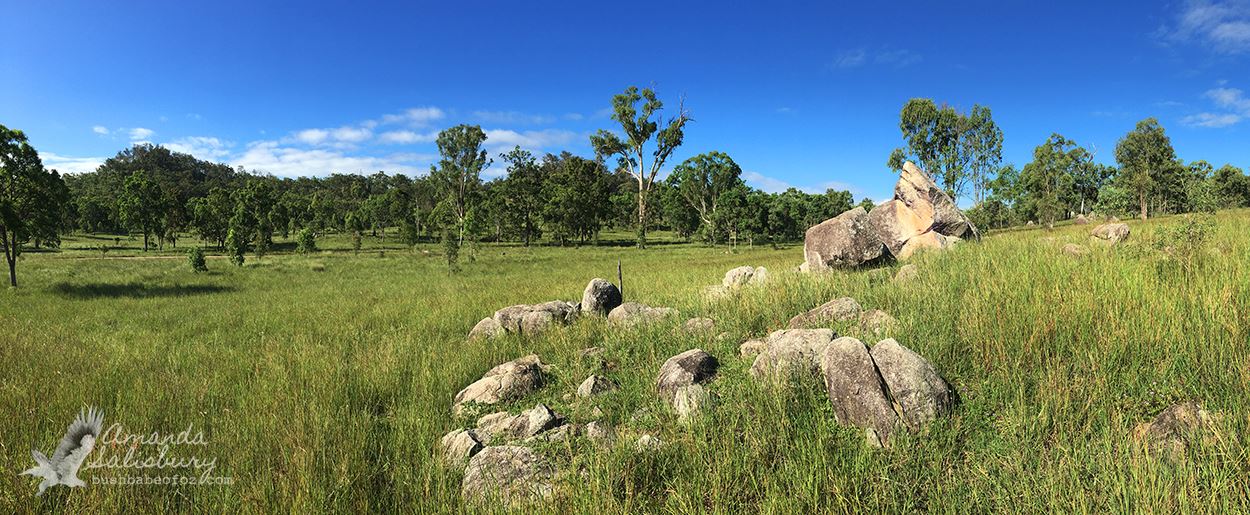
BB the protester!
Takes a bit to get me cranky these days… as you may already know, I have had quite a few solid life lessons to put the ‘small stuff’ into perspective in my five decades.
But I dusted off my soap box this week, and hauled myself right up onto it. And I am about to break out the placards too…
And WHY have I got this seriously angry bee in my bonnet?
Vegetation management…
Yeah, I know. Sounds dead boring right? Well, it’s pretty darned important to farmers the world over – and the current Queensland government has decided to get very heavy-handed with some law changes which will make it incredibly complicated to do properly. Here is my down-to-earth explanation, distilling the issues into Plain English as best I can!
*bring beverage of choice, kids, it’s really important but it ain’t short!*
At its heart is this simple fact: Farmers are effectively (large scale) GARDENERS.
It’s true… we need to ‘weed’ our patches to allow our products to grow and flourish. As cultivators of the soil, or graziers utilising grasslands, we are choosing and selectively weeding and trimming to let certain plants and grasses get a ‘go on’. That’s what producing food and fibre is – that’s what farming is.
Now, imagine if you had to get a permit every time you wanted to weed or mow your lawn? Imagine if your amazing, productive veggie patch, which had proven it was sustainable with a little regular weeding, was suddenly deemed ‘untouchable’… and you were forced to watch it turn into an overgrown mess? Imagine if you wanted to build a new (and sustainable) veggie patch, but was threatened with huge fines for preparing an area for it. That’s basically what Qld farmers are facing with these new laws…
There are actually MASSIVE misunderstandings around what ‘vegetation management’ actually is, including:
MYTH: That veg management/tree clearing means ALL trees are knocked over, or wiped out.
FACT: NOT true. The vast majority of veg management is a careful ‘weeding’ process that seeks to maintain a balance between native trees, grasslands, flora and fauna.
MYTH:That once areas are cleared/thinned, trees will never grow back.
FACT: they can and generally do, and with a vengeance! Some existing tree types, like mulga (grown much further west than here) are actually a complete pest and choke everything else out, unless they are regularly ‘harvested’ or knocked over for use as cattle or sheep fodder.
MYTH:That trees are better at preventing erosion than grass.
FACT: In our experience (and according to experts, link here) grass cover can actually be FAR more effective in this role.

Currently, Queensland has strong measures ALREADY in place to prevent over-clearing. Actually, its not in a farmer’s best long-term interest to over-clear. Family farming businesses in particular are very aware of long-term outcomes – if a place is over-cleared, the productivity results cannot be sustained for following generations. The vast majority work hard to find that balance, and those who do the wrong thing are ALREADY held to account by existing laws.
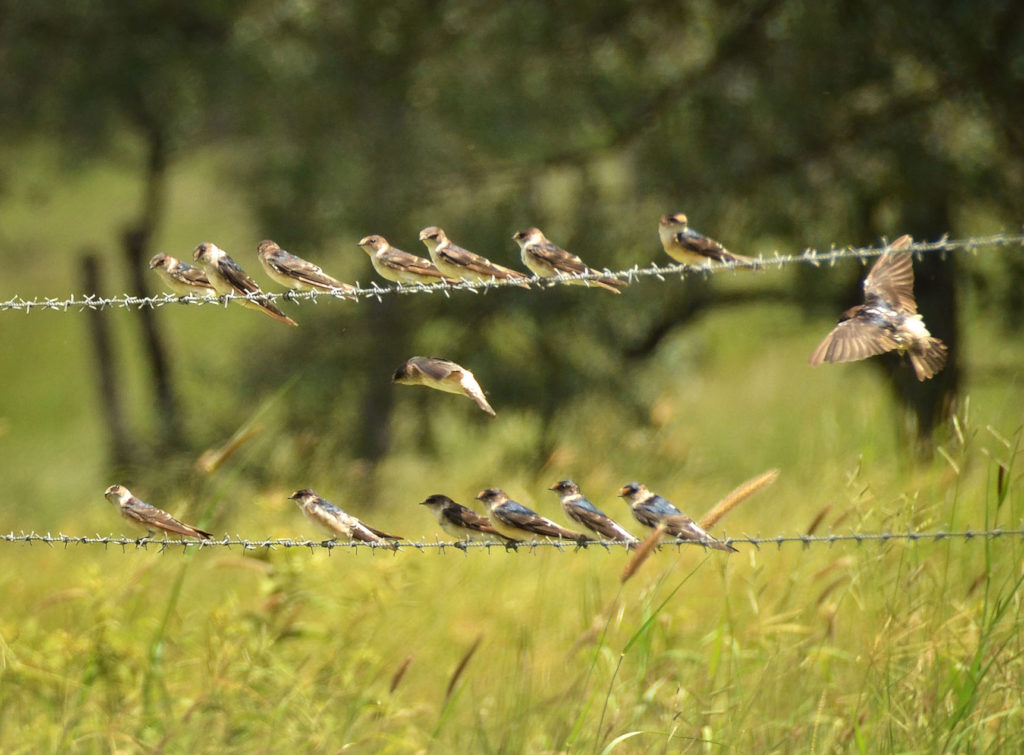
Landholders across the state have spent lord-knows-how-many hours (weeks, months) working with State Government Departments to obtain PMAVs (special maps that show us exact areas the government considers we CAN clear – shown on the map in white – and what is ‘protected’ – generally ‘remnant’ or never-been-cleared areas). These white areas have been ‘locked in’ (allowing farmers the certainty they need to plan for good long-term management of their property, and are an essential tool if you are considering buying a property). PMAVs contribute to the financial value placed on a property too (e.g. where there are few or no ‘white’ zones where farmers are allowed to thin or clear, production is much more limited and therefore value is less).
It looks possible that even this hard-fought and expensive mapping system, on which farmers (and their banks) have planned their futures, may be thrown over by the current government.
Maintenance (or vegetation management) is a very normal farming practice – as I said, I liken it to gardening… doesn’t matter how often you weed, in a few weeks time, you will need to come back and do it again. Same with tree management – the suckers (baby trees) can grow back in the cleared areas in subsequent months and years … often WAY more thickly than they were originally. It’s part of what we expect when we maintain a property like ours. It’s a constant and very necessary expense, which we do as we can afford it, before it overtakes our grasslands.
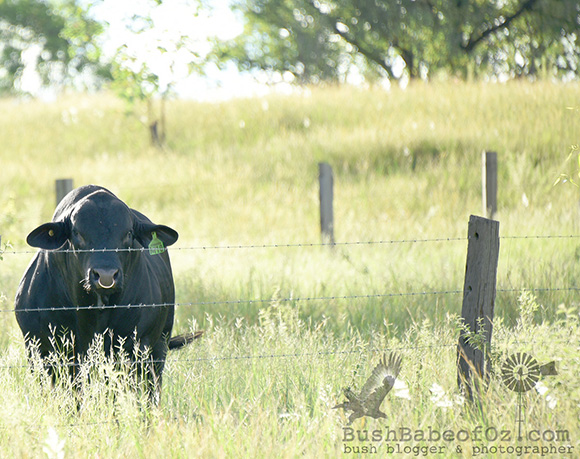
The window of time in which farmers can act to get sucker/regrowth under control (or conduct ‘vegetation management’) is sometimes quite narrow – dictated by financial means (which is often in turn dictated by weather and markets), and how much notice is required to book in the ‘management tool of choice’ – choppers (gangs who tordon individual suckers – our chosen method as we can be really selective about what we leave and what goes) dozers, or planes that apply aerial vegetation control. The longer you leave it, the more expensive an exercise it becomes.
WHAT IS CHANGING?
The amended laws which this Queensland Government wishes to bring in, mean that areas ALREADY previously managed (either by current or previous landholders) and for which (under existing laws) farmers do NOT need to have additional approvals to MAINTAIN (that weeding I was referring to above) will INSTEAD require new applications EVERY SINGLE TIME the owner need to re-work that area. If we have to re-apply to government to deal with this regrowth EVERY time it becomes necessary, for EACH and EVERY area we need to manage, it not only creates:
If we have to re-apply to government to deal with this regrowth EVERY time it becomes necessary, for EACH and EVERY area we need to manage, it not only creates:
- (at best) many additional office hours workload for farmers (who are already too tied-up in red tape instead out doing what they do best: grow Australia’s food and fibre),
- it will generate long delays taking on this work while waiting for the go-ahead to act, and potentially cause them to miss that window of best-opportunity,
- it will add thousands of dollars to the budgets (rumours of $3000/permit)
- And that’s IF they get the ‘okay’ – which will be at the whim of the Department.
AND THAT’S NOT ALL…
Much of what is considered ‘remnant’ vegetation (areas that have NEVER been cleared and maintain original tree and ground cover) is untouchable. Most farmers accept that. However, the vast majority of farming land has undergone some kind of tree management over the past 100 years – meaning that the regrowth has generally come back thickly at some stage and needed further management. Where the area has been worked within the last 28 years, it has officially referred to as ‘non-remnant’.
Now, the government also wants to alter what is considered ‘non-remnant’ regrowth. With the changes, any area that has not been ‘managed’ within the last 15 years ago will now fall outside this category. (Bear in mind, this time lag in not particularly long by farming standards – and may have to do with management by the previous owners, lack of funds to maintain the clearing, succession planning issues etc). So farmers who simply want to ‘weed’ it, to RETURN it back into more productive land again (a sensible business move which is not impacting heavily on ecosystems) CANNOT. These areas will now fall into the ‘remnant’ category: i.e. Untouchable!
BUT WAIT, THERE’S MORE…
The other massive change is that those wanting to clear new areas of land more fully (usually, to plant crops or orchards) will simply be unable to.
Bear in mind that cities are busily building themselves across arable land, along river systems and their nearby rich alluvial soils – so while there are more and more mouths to feed, there is less fertile already-cleared land to supply that food. Therefore, more areas MUST be opened up for cultivation to replace this lost agricultural food-producing land … to feed this ever-increasing number of mouths. It doesn’t add up, does it?
In our case, our property is very heavily treed and will ALWAYS re-grow trees – various factors mean our place is more suited to grazing and less to growing crops. That said, to help ‘drought proof’ ourselves, we’d love to cultivate small areas for fodder crops for our cattle – so we are more sustainable and less likely to need assistance when a drought or tough season hits. That activity will be almost impossible under these new laws.

Some areas and tree types and soil types (such as alluvial flats near water courses, which also provide the water for irrigation) lend themselves better to more extensive cultivated farming, where food items like chickpeas, mung beans, avocados, nuts and vegetables are grown – foods that we all (especially environmentalists!) so love eating. But these new laws (promised at election-time to lure ‘capital G’ Green votes) will severely hamper the development of new areas to grow these crops …
Kind of ironic, isn’t it?
WHAT DOES THAT MEAN?
- Vast, productive tracts of land will no longer be allowed to be managed by farmers
- Producers who graze cattle and sheep (etc) who are currently looking to regain previously established grasslands, to ‘improve’ existing pastures, or invest in new ones, are suddenly in limbo or completely stymied.
- Available grasslands will decrease
- Land values will undoubtedly dive (as that land is suddenly less able to achieve the grass growth needed to run a viable business)
- Young people will hesitate to get involved in less viable operations, further exacerbating the ageing farming population
- Communities will suffer
- And here’s the bit that affects everyone: LESS FOOD will be produced.
There is no doubt that balance between farmed land and natural ecosystems needs to be maintained, as we farm land to produce food and fibre for our nation. I would argue that these new laws are NOT the way to achieve that balance. We ALREADY meet so many demands, we ALREADY care about our ecosystems and work towards long-term outcomes. Our futures, the future of our kids, depend on it.
ALL WE ASK…
… is that the government lets us do what we do best: keep on producing amazing, clean, traceable, sustainable food (and fibre) for Queensland, the nation and the world.
But we will have to FIGHT for it… so, along with hundreds of other farmers this week, I will be attending a rally to call for these terrible amendments to be reconsidered.
I’ve never really done this before – and I bet most farmers who attend tomorrow (and later this week) haven’t either! I even have placards… and I have just found out that I will be among those addressing the parliamentary committee hearing submissions! (Nothing like short notice).
I will post about the event afterwards, I promise!
If you can’t stand with us, please support YOUR farmers on social media. Use the hashtags #YourFoodOurFuture and #FairLaws4Farmers … after all, we ALL eat!!
*hops off soapbox*
*dusts self off*
*has stiff drink*
*posts gorgeous grassland photo*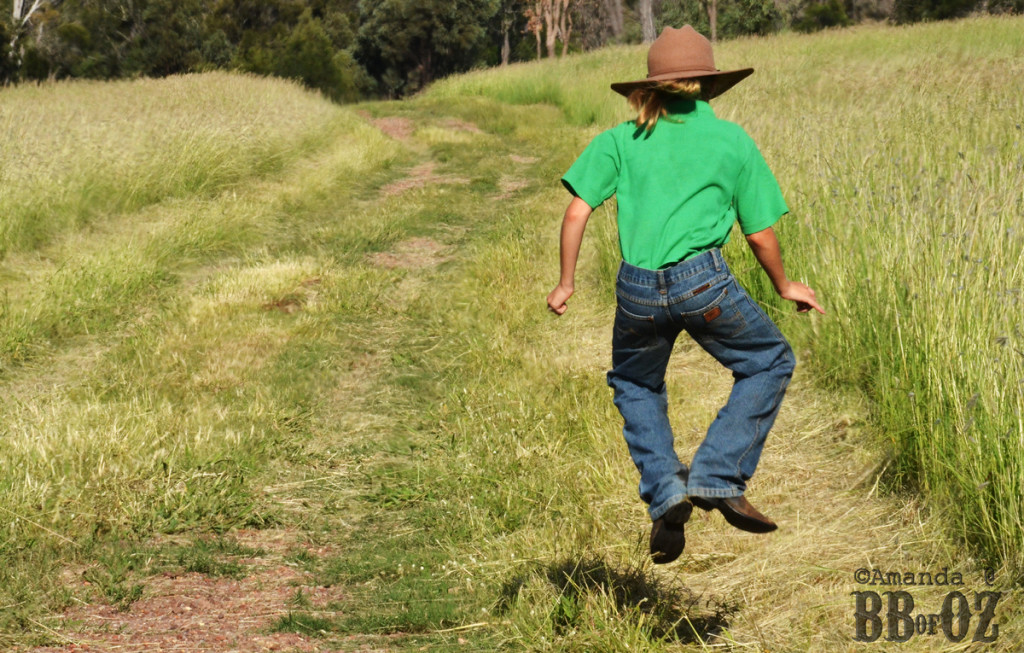
Thankyou for your patience…
Yours in protest!
🙂
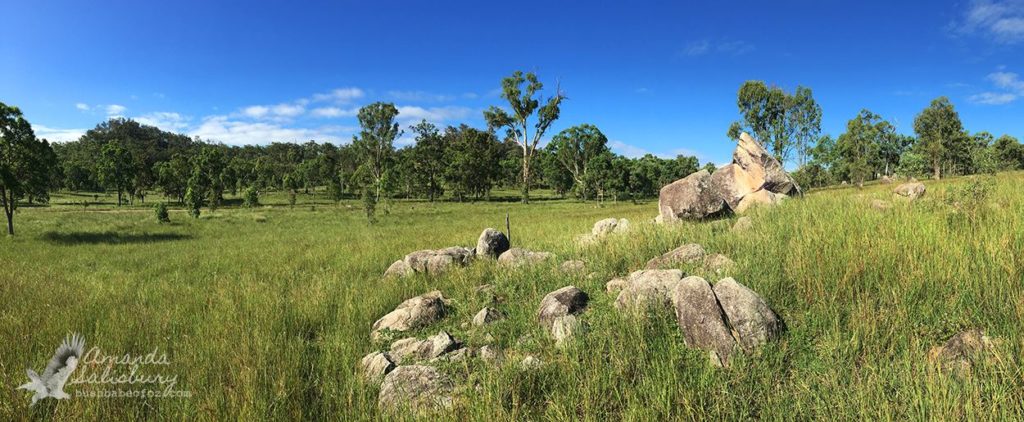
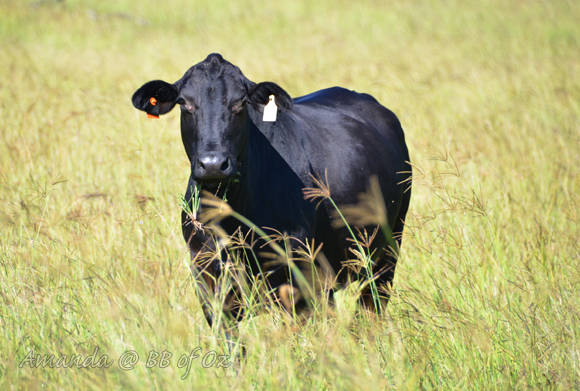
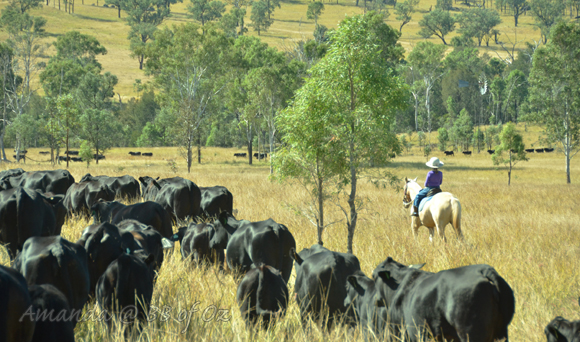

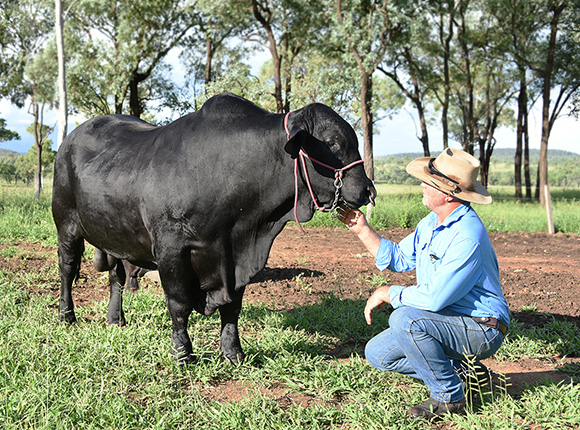
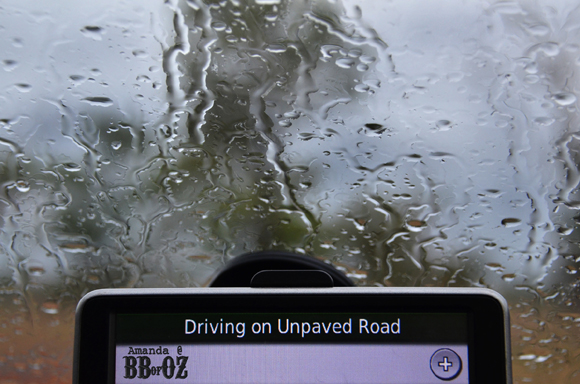


3 Comments
Kelly
Don’t even get me started on government and the things it tries to legislate.
I wish you all the best in your efforts!
Kelly´s last blog post ..The Beacon at Alexandria by Gillian Bradshaw
Maria
Very well said. All the best for the short notice talk.
jeanie
Wow – just caught up on this – congratulations on the guernsey (you would have done an awesome job) and very well written.
jeanie´s last blog post ..Santa-moanious…